Looking for the perfect chili pepper for your recipe? Whether you need mild options for beginners or fiery varieties for heat seekers, this comprehensive guide delivers exactly what you're searching for. Here's the definitive breakdown of chili types by heat level, flavor profile, and best culinary uses - with practical substitution advice you won't find elsewhere.
| Best for Beginners | Everyday Cooking | Heat Seekers |
|---|---|---|
| Bell Pepper (0 SHU) | Jalapeño (2,500-8,000 SHU) | Habanero (100,000-350,000 SHU) |
| Ancho (1,000-2,000 SHU) | Chipotle (2,500-8,000 SHU) | Ghost Pepper (855,000-1,041,427 SHU) |
| Guajillo (2,500-5,000 SHU) | Cayenne (30,000-50,000 SHU) | Carolina Reaper (1,400,000-2,200,000 SHU) |
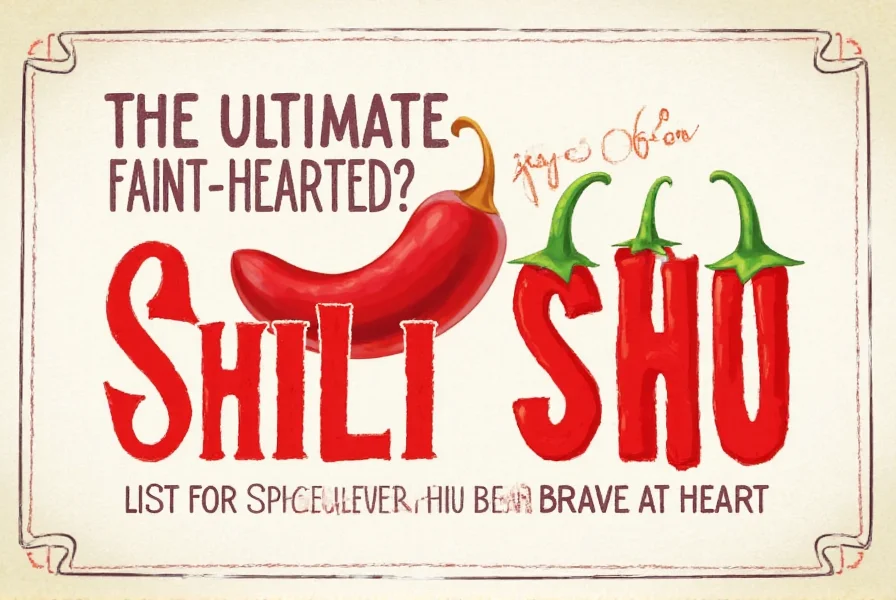
Chili Pepper Heat Levels Explained (Scoville Scale)
Forget confusing SHU numbers - here's what you actually need to know about chili heat levels for practical cooking. The Scoville Scale measures capsaicin concentration, but understanding how each pepper feels in your dish matters more than raw numbers.
- Mild (0-5,000 SHU): Bell peppers, poblanos, anchos - safe for kids and spice-averse eaters
- Medium (5,000-30,000 SHU): Jalapeños, serranos, chipotles - add noticeable warmth without overwhelming
- Hot (30,000-100,000 SHU): Cayenne, tabasco, bird's eye chilies - for those who enjoy serious heat
- Extreme (100,000+ SHU): Habaneros, ghost peppers, Carolina Reapers - handle with care!
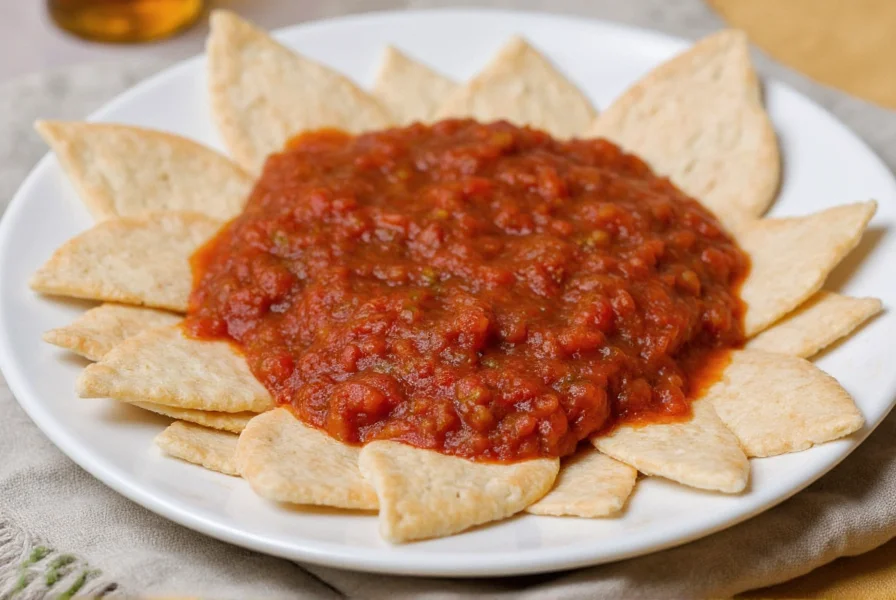
Your Complete Guide to 20 Essential Chili Varieties
Stop guessing which chili works for your recipe. This section solves the #1 problem home cooks face: choosing the right pepper for specific dishes. We've organized varieties by practical culinary application rather than alphabetically.
Mild Chili Peppers (Perfect for Beginners)
- Bell Pepper (0 SHU) - The only completely non-spicy chili. Use in stuffed peppers, fajitas, or any dish needing color without heat. Pro tip: Red bells are sweeter than green.
- Ancho/Poblano (1,000-2,000 SHU) - Dried poblanos with rich, raisin-like flavor. Essential for authentic mole sauce. Soak in hot water for 20 minutes before blending.
- Guajillo (2,500-5,000 SHU) - The secret to perfect tacos al pastor. Offers berry-like sweetness with mild warmth. Toast lightly before rehydrating for deeper flavor.
Medium Heat Chilies (Everyday Kitchen Staples)
- Jalapeño (2,500-8,000 SHU) - The most versatile medium chili. Use fresh in salsas or pickled for burgers. Remove seeds/membranes to reduce heat by 75%.
- Chipotle (2,500-8,000 SHU) - Smoked jalapeños in adobo sauce. Adds deep smokiness to beans, stews, and marinades. One chipotle = 3 jalapeños in flavor impact.
- Cayenne (30,000-50,000 SHU) - The workhorse of spice cabinets. Better as powder than fresh. Adds clean heat without altering flavor. Start with 1/8 tsp and adjust.
Hot Chili Peppers (For Flavor & Heat)
- Habanero (100,000-350,000 SHU) - Don't be intimidated! Tropical fruit notes balance the heat. Use 1/4 habanero = 4 jalapeños. Perfect for mango salsa and Caribbean dishes.
- Scotch Bonnet (100,000-350,000 SHU) - Habanero's Jamaican cousin with more complex flavor. Essential for authentic jerk seasoning. Handle with gloves!
- Thai Bird's Eye (50,000-100,000 SHU) - Tiny but mighty. The backbone of Thai curry pastes. Use 2-3 for authentic pad kra pao heat level.
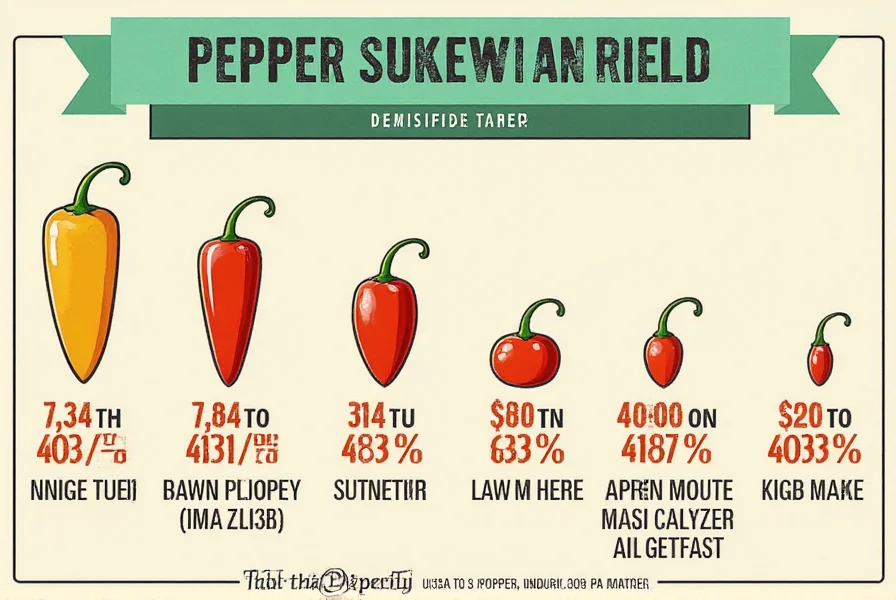
Chili Pepper Substitution Guide (When You Can't Find What You Need)
Running short on a specific chili? This practical substitution chart solves the most common kitchen dilemmas based on both heat level AND flavor profile:
| If Your Recipe Calls For | Use This Substitute | Adjustment Tips |
|---|---|---|
| Habanero | Scotch Bonnet | Use equal amount - nearly identical heat and flavor |
| Habanero | Serrano + pinch of apricot | Use 3 serranos + 1/2 tsp apricot for similar fruitiness |
| Ancho | Guajillo + 1/4 tsp cocoa | Mix provides similar depth for mole sauces |
| Chipotle in Adobo | Smoked paprika + cayenne | 1 tsp paprika + 1/8 tsp cayenne = 1 chipotle pepper |
| Gochugaru | Smoked paprika + cayenne | 1 tbsp paprika + 1/4 tsp cayenne = 2 tbsp gochugaru |
Storage Secrets: Make Your Chilies Last 3x Longer
Most people store chilies wrong, leading to wasted ingredients. Follow these chef-tested methods:
- Fresh chilies: Store stems-up in crisper drawer with paper towel (absorbs moisture). Lasts 3-4 weeks vs. standard 1-2 weeks.
- Dried chilies: Vacuum seal with oxygen absorber. Lasts 2+ years vs. 6-12 months in regular containers.
- Freezing hack: Freeze whole chilies on tray, then transfer to bags. Use directly from frozen in soups/stews - no thawing needed.
- Emergency preservation: Can't use fresh chilies soon? Make quick-pickled jalapeños (5 min prep) that last 6 months.
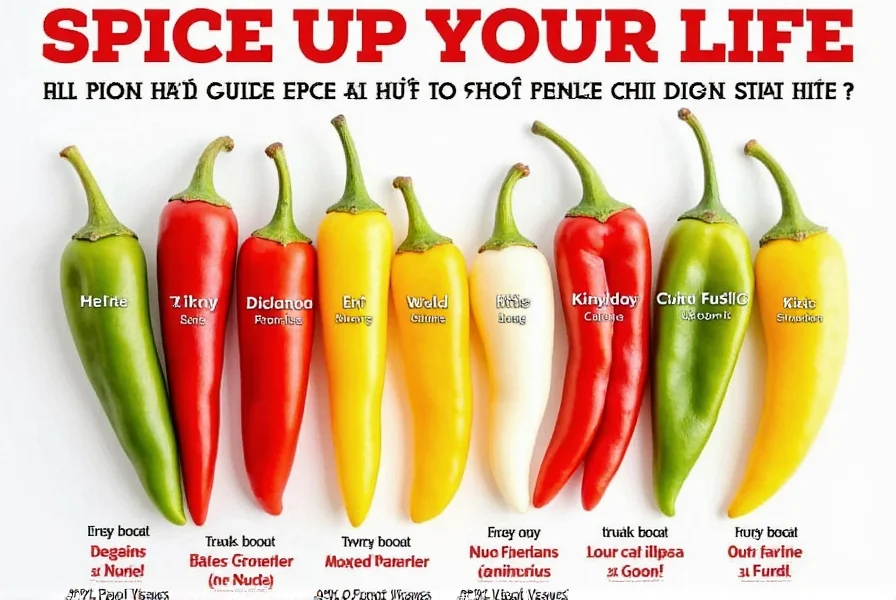
FAQ: Your Most Pressing Chili Questions Answered
What's the mildest chili pepper that still adds flavor?
Ancho peppers (1,000-2,000 SHU) provide rich, smoky-sweet flavor with minimal heat - perfect when you want chili flavor without burn. Poblano peppers are even milder when fresh but lack the depth of dried anchos.
How much serrano equals one jalapeño in recipes?
One serrano typically equals 1.5-2 jalapeños in heat. For precise substitution: use 2 jalapeños for every 1 serrano called for, or 1 serrano for every 2 jalapeños. Always taste as you go!
Which chili pepper is best for pizza?
Calabrian chilies (25,000-45,000 SHU) are the pizza pro's secret - they offer bright heat that complements tomato sauce without overwhelming. Crushed red pepper works in a pinch, but lacks nuanced flavor.
Can I use cayenne instead of chili powder?
Yes, but with caution: 1 tsp chili powder = 1/4 tsp cayenne + 3/4 tsp paprika + 1/4 tsp cumin. Pure cayenne is 4x hotter than standard chili powder blends.
Why does my chili oil taste bitter?
Bitterness comes from overheating chilies. Solution: Heat oil to 250°F (not boiling), add dried chilies, then remove from heat immediately. Let steep 1 hour off-heat for perfect flavor.
Putting It All Together: Your Next Steps
Now that you know exactly which chilies work for your needs, here's your action plan: For your next Mexican dish, try guajillo instead of ancho for brighter flavor. When a recipe calls for habanero but you want less heat, use 1/4 habanero plus 1/2 tsp mango puree. And always store dried chilies in vacuum-sealed containers - you'll notice the flavor difference immediately.
The key isn't just knowing chili types, but understanding how to apply them practically. Save this guide for your next grocery trip - you'll never wonder which chili to buy again.

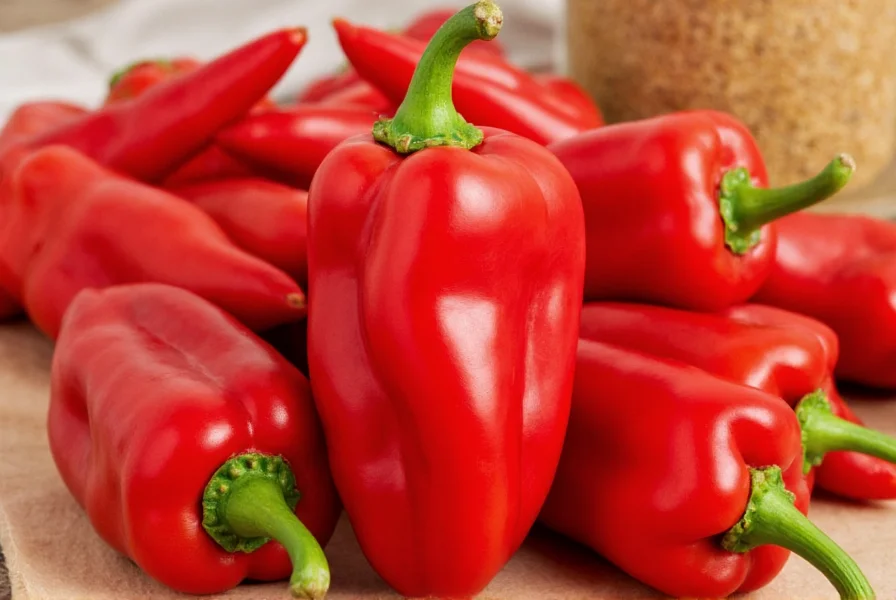









 浙公网安备
33010002000092号
浙公网安备
33010002000092号 浙B2-20120091-4
浙B2-20120091-4